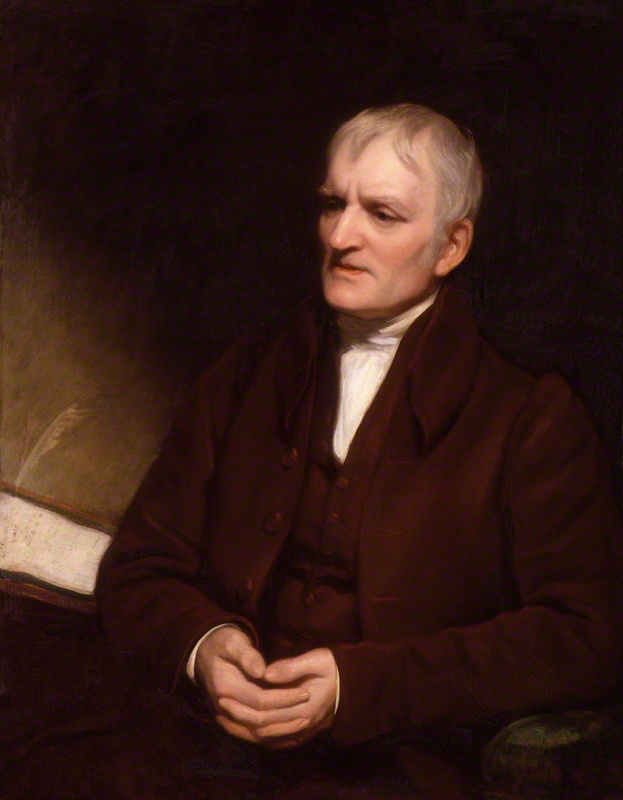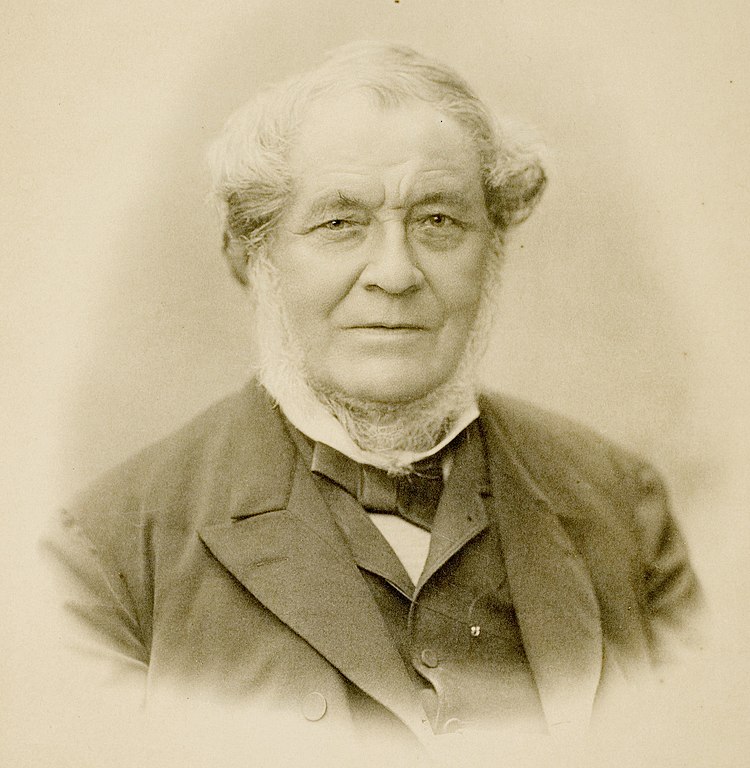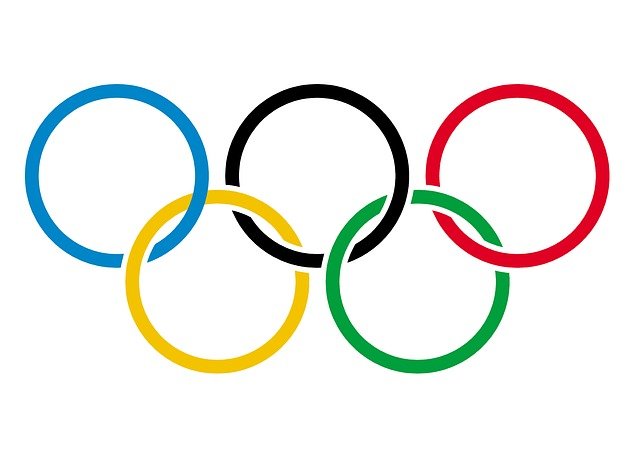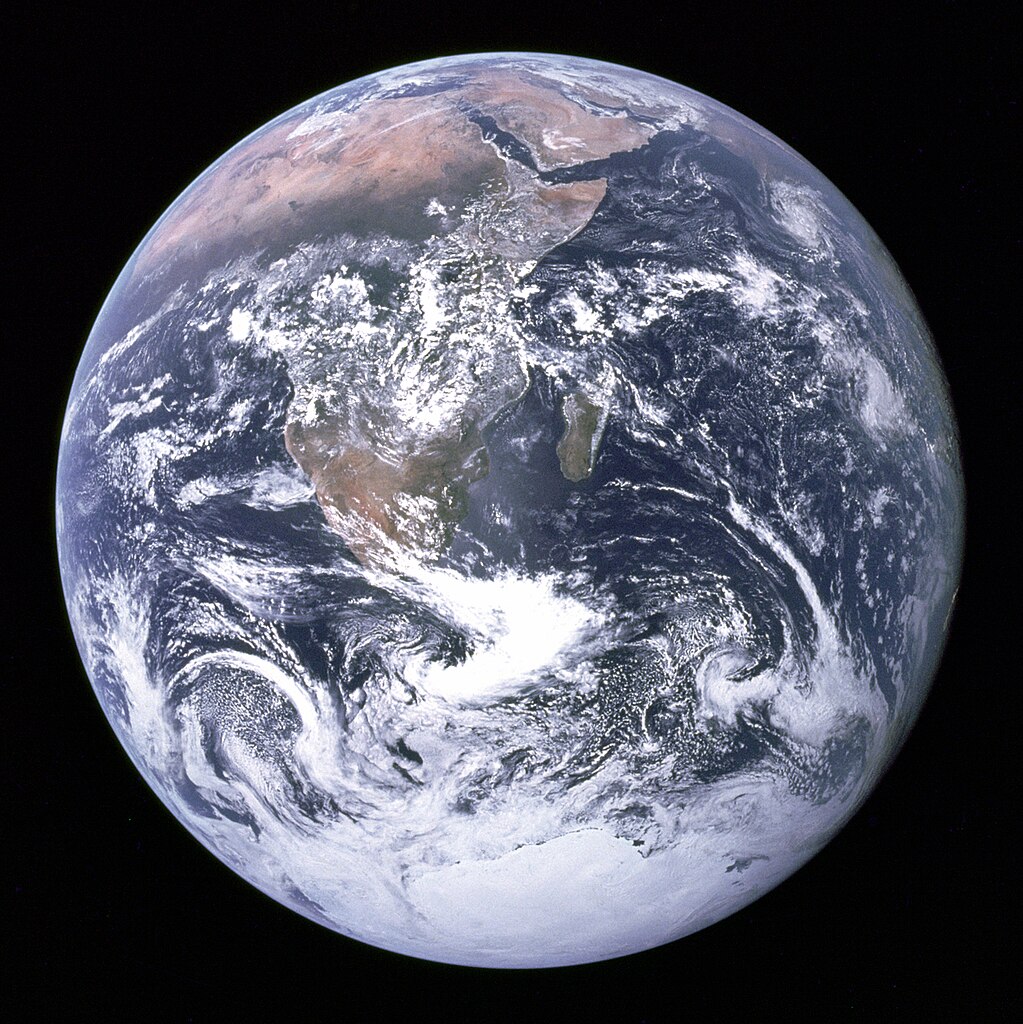Chemistry Concepts Quiz Questions
1. Which of the following is a pure substance?
(a) Air
(b) Salt water
(c) Iron
(d) Sugar solution
2.The smallest particle of an element that can exist independently is called:
(a) Molecule
(b) Atom
(c) Ion
(d) Electron
3. The process of converting a solid directly into a gas is called:
(a) Sublimation
(b) Evaporation
(c) Condensation
(d) Melting
4. Which of the following is a chemical change?
(a) Melting of ice
(b) Burning of wood
(c) Boiling of water
(d) Dissolving sugar in water
5. Avogadro’s number represents the number of particles in:
(a) 1 gram of a substance
(b) 1 mole of a substance
(c) 1 liter of a gas
(d) 1 kilogram of a substance
6. The subatomic particle with a positive charge is:
(a) Electron
(b) Proton
(c) Neutron
(d) Ion
7. The arrangement of electrons in an atom is described by:
(a) Atomic number
(b) Mass number
(c) Electron configuration
(d) Isotopes
8. Isotopes of an element have the same number of:
(a) Protons
(b) Neutrons
(c) Electrons
(d) All of the above
9. The energy required to remove an electron from an atom is called:
(a) Ionization energy
(b) Electron affinity
(c) Electronegativity
(d) Bond energy
10. The periodic table is arranged based on:
(a) Atomic mass
(b) Atomic number
(c) Number of neutrons
(d) Number of electrons
11. A chemical bond formed by the sharing of electron pairs is called:
(a) Ionic bond
(b) Covalent bond
(c) Metallic bond
(d) Hydrogen bond
12. The shape of a water molecule is:
(a) Linear
(b) Bent
(c) Trigonal planar
(d) Tetrahedral
13. Polar covalent bonds occur when there is a significant difference in:
(a) Atomic size
(b) Electronegativity
(c) Ionization energy
(d) Electron affinity
14. Ionic compounds are typically formed between:
(a) Metals and nonmetals
(b) Metals and metals
(c) Nonmetals and nonmetals
(d) Noble gases and metals
15. A chemical reaction in which heat is released is called:
(a) Exothermic
(b) Endothermic
(c) Catalyzed
(d) Reversible
16. The rate of a chemical reaction is influenced by:
(a) Temperature
(b) Concentration
(c) Catalyst
(d) All of the above
17. A substance that increases the rate of a chemical reaction without being consumed itself is called:
(a) Reactant
(b) Product
(c) Catalyst
(d) Inhibitor
18. The process of breaking down a compound into its elements is called:
(a) Synthesis
(b) Decomposition
(c) Combustion
(d) Neutralization
19. A solution in which water is the solvent is called:
(a) Aqueous solution
(b) Colloidal solution
(c) Suspension
(d) Emulsion
20. A substance that donates a proton (H+) is called:
(a) Acid
(b) Base
(c) Salt
(d) Buffer
21. A neutral solution has a pH of:
(a) 0
(b) 7
(c) 14
(d) Any value
22. The process of adding water to an acid to dilute it is called:
(a) Titration
(b) Neutralization
(c) Dilution
(d) Dissociation
23. The period of an element in the periodic table indicates the:
(a) Number of shells
(b) Number of valence electrons
(c) Atomic number
(d) Mass number
24. The valency of sodium is:
(a) 1
(b) 2
(c) 3
(d) 4
25. Which of the following compounds has an ionic bond?
(a) Methane (CH4)
(b) Water (H2O)
(c) Sodium chloride (NaCl)
(d) Carbon dioxide (CO2)
Chemistry Concepts Quiz Questions with Answers
1. Which of the following is a pure substance?
(c) Iron
2.The smallest particle of an element that can exist independently is called:
(b) Atom
3. The process of converting a solid directly into a gas is called:
(a) Sublimation
4. Which of the following is a chemical change?
(b) Burning of wood
5. Avogadro’s number represents the number of particles in:
(b) 1 mole of a substance
6. The subatomic particle with a positive charge is:
(b) Proton
7. The arrangement of electrons in an atom is described by:
(c) Electron configuration
8. Isotopes of an element have the same number of:
(a) Protons
9. The energy required to remove an electron from an atom is called:
(a) Ionization energy
10. The periodic table is arranged based on:
(b) Atomic number
11. A chemical bond formed by the sharing of electron pairs is called:
(b) Covalent bond
12. The shape of a water molecule is:
(b) Bent
13. Polar covalent bonds occur when there is a significant difference in:
(b) Electronegativity
14. Ionic compounds are typically formed between:
(a) Metals and nonmetals
15. A chemical reaction in which heat is released is called:
(a) Exothermic
16. The rate of a chemical reaction is influenced by:
(d) All of the above
17. A substance that increases the rate of a chemical reaction without being consumed itself is called:
(c) Catalyst
18. The process of breaking down a compound into its elements is called:
(b) Decomposition
19. A solution in which water is the solvent is called:
(a) Aqueous solution
20. A substance that donates a proton (H+) is called:
(a) Acid
21. A neutral solution has a pH of:
(b) 7
22. The process of adding water to an acid to dilute it is called:
(c) Dilution
23. The period of an element in the periodic table indicates the:
(a) Number of shells
24. The valency of sodium is:
(a) 1
25. Which of the following compounds has an ionic bond?
(c) Sodium chloride (NaCl)










